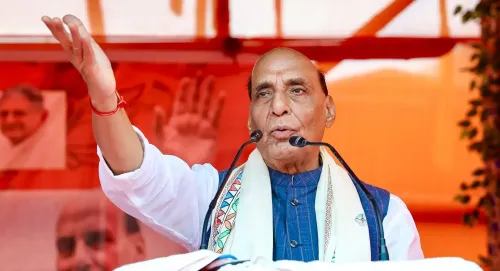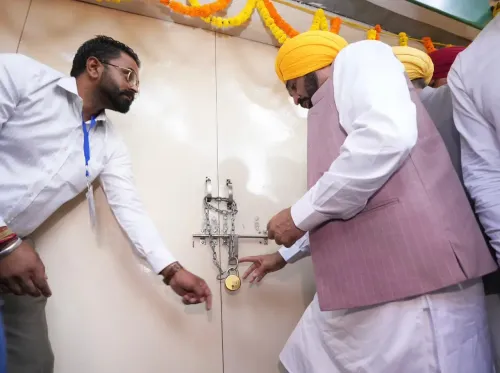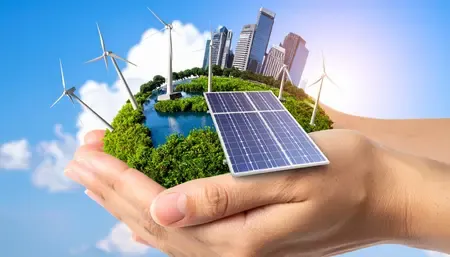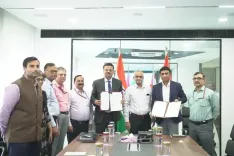Is India Poised to Achieve Its Clean Mobility Goals?
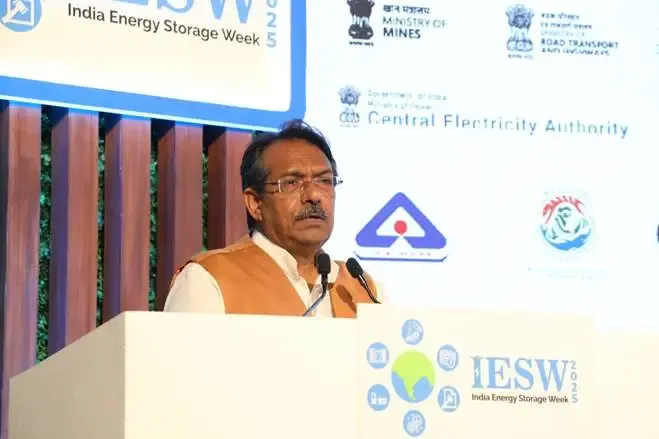
Synopsis
Key Takeaways
- India is advancing in clean mobility.
- Government initiatives are key to sustainable transport.
- Focus on renewable energy generation.
- Collaboration is crucial among stakeholders.
- Battery technology is essential for future mobility.
New Delhi, July 10 (NationPress) India, recognized as the fastest-growing major economy, is making significant progress on its journey toward clean mobility, according to Minister of State for Road, Transport and Highways, Harsh Malhotra, who spoke on Thursday.
During a session at the ‘India Energy Storage Week 2025’, the minister emphasized the Prime Minister Narendra Modi government's dedication to fostering green mobility and advancing the EV manufacturing ecosystem in the nation. The launch of the PM E-DRIVE and FAME-II initiatives exemplifies this commitment.
Additionally, policies such as EV retrofitting regulations and exempting toll taxes for electric vehicles are designed to enhance the accessibility and sustainability of transportation. Malhotra noted that the shift to electric mobility represents not just a technological evolution but a vital national necessity aimed at fulfilling climate objectives, ensuring economic stability, and securing energy needs.
He pointed out the development of Multi-Modal Logistics Parks by the Ministry of Roads, Transport, and Highways, which are integrating road, rail, and warehousing while incorporating green energy solutions and facilities that support EVs. This initiative is expected to drive down logistics costs, diminish emissions, and bolster India's role as a clean and connected transport hub.
Malhotra reiterated the government's aim to generate 500GW of Renewable Energy by 2030, positioning India at the brink of becoming a global leader in clean mobility solutions.
He called upon stakeholders to envision a transportation future that is not only electric but also safe, inclusive, and eco-friendly.
“We must acknowledge that battery storage technologies tailored to India's climate and mobility requirements will be critical for our future,” urged Malhotra, encouraging industry leaders to invest in research and development, manufacture locally, and adopt sustainable practices like battery recycling and reuse.
Over the last 11 years, India has experienced remarkable industrial and business expansion, and this momentum is now geared towards achieving the 2070 Net Zero target, which remains the government's primary focus.

